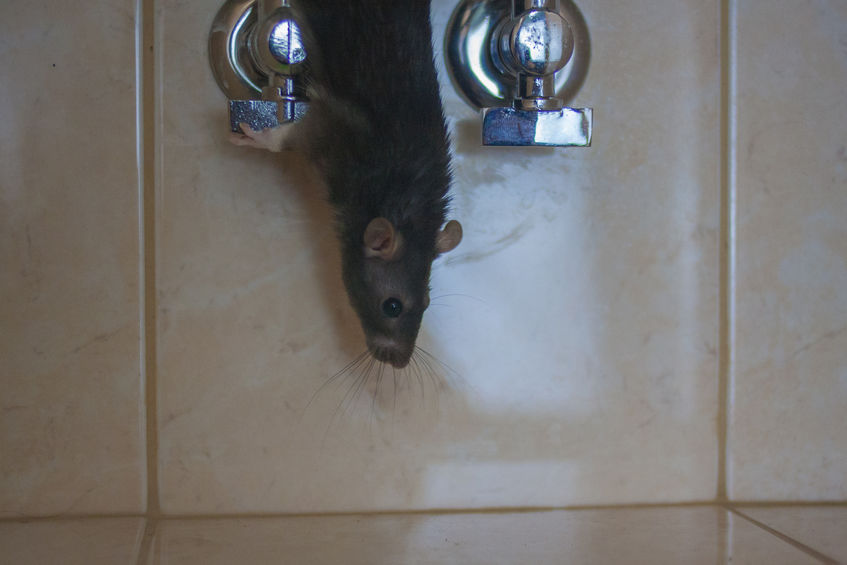Fill out the form below and a Cypress Creek representative will be in touch with you about your pest control needs.
BLOG

Poisonous Rats? They Exist!
Rats don’t need any help to freak us out, but it turns out that there is a species out there that is actually poisonous. If you see an African crested rat, the first thing you notice is the complete lack of fear and skittishness that is so common among other rats. In fact, its demeanor will be more similar to that of a porcupine. This is due to the fact the Afrcan crested rat has a thicket of brown hairs on its back that have a honeycomb-like texture, and they are filled with poison.
When an African crested rat is threatened, it will fluff up the fur along its back and reveal this unusual hair structure. However, the poison is not generated by the rat’s body. Instead, the African crested rat will gnaw on branches of poison arrow trees, and then coat its fur with the poison, becoming truly toxic in the process. It is the only known rodent species to do this, and one of the very few mammals that use poison found in plants for defensive purposes.
Behavioral research
This species was first documented in 1867, and the people of East Africa are well aware of the poisonous nature of this rat. Recently, researchers have been trying to recreate their grooming behavior in captivity, by offering the rats cuttings of Acokanthera, which some of them gnawed on and then groomed it into their fur.
The frequency of this behavior is still unknown, and neither is the mechanism by which the rats do not get poisoned themselves. For example, if one of them would swallow some of the toxins, they would not be able to regurgitate it since rodents are incapable of vomiting.
Other traits and characteristics
Researchers have also studied other aspects of this species’ behavior, and found that some rats displayed monogamous traits in captivity. Monogamy is very uncommon in mammals, and finding it in these rats further sets them apart from the rodent family.
In terms of diet, the African crested rat eats mostly leaves, plants and fruits, but it has also been observed eating insects, root vegetables, cereals and meat in captivity. It also has a compartmentalized stomach which resembles the structure of ruminant animals such as cows. This allows it to eat food high in cellulose, and it might play a part in its resistance to poison.
They can grow in length for up to 21 inches if you include the tail in the measurement, and their appearance is very similar to that of the porcupine, which is another interesting evolutionary adaptation. The “crested” adjective comes from its mane composed of black and white banded hairs that extend from the top of its head to its tail. On each side of this mane, there are white strips of hair. When threatened, this mane springs up, increasing the illusion that this rat is actually a porcupine.
Thankfully, these rats are not found in the US, and it is very unlikely that they will ever find their way here. Their habitat is found in East African countries such as Kenya, Uganda, Tanzania, Sudan, Ethiopia and Somalia.

